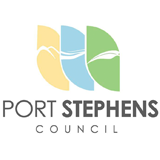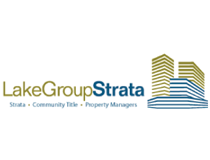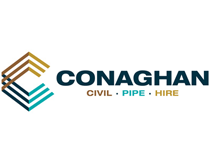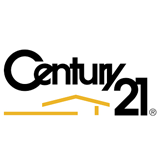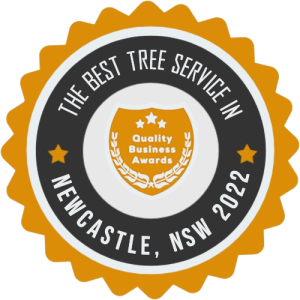Professional & Affordable Tree Services
NEWCASTLE
The Iconic Bogey Hole
Newcastle City Council Tree Removal
The following information provides an overview for tree, shrub and native vegetation removal in the Newcastle local government area.
In all circumstances, the Newcastle Urban Forest Technical Manual is to be consulted before engaging consultants or lodging application forms.
The Newcastle Urban Forest Technical Manual is separated into three parts based on the land on which the tree, shrub or other vegetation is located, and the type of vegetation present. The two parts relevant to tree or vegetation removal on private land are:
- Part A – Private Trees: provides guidance on the management of trees and shrubs located on private land.
- Part C – Native Vegetation Communities: provides guidance on the management of native vegetation communities on private land.
-
Part A – Private Trees
Private Tree Removal – Exempt Criteria (no application required)
In accordance with Part A of the Manual there are some instances where approval is not required for the removal of trees or shrubs on your property. To remove a tree or shrub without approval on your property, the tree or shrub must meet one of the following criteria:
- The tree or shrub poses an immediate risk to life or property due to a demonstrated sudden change to its structure as a result of a severe storm or wind event. Documentation for removal must be in accordance with Part A Section 3.3 (1) of the Manual. The tree is dying or dead, and the requirements of Section 3.3 (2) of Part A of the Manual have been met. The tree is less than 3m in height or with a circumference at breast height (1.4m above ground level) less than 450mm for a single trunk tree, or less than 300mm for each trunk of a multi-trunk tree. See Section 3.3 (3) of Part A of the Manual.
- The shrub is less than 5m in height and is not part of a native vegetation community.
- The tree or shrub is located within 3m of the wall of an existing principal building (excluding carports, garages, pergolas, fences, retaining walls and the like) on the land where it is situated or on adjacent privately owned. See Part A Section 3.3 (5) of the Manual.
- The tree or shrub is part of native vegetation previously planted for agriculture, agroforestry, forestry, horticulture or woodlot purposes.
Private Tree Removal – Application Required
Owners of trees or shrubs that do not meet any of the above criteria will need to submit an application form as outlined below:
For removal of three or less trees (or shrubs) with replacement planting complete and lodge a Private Tree Removal Application Form.
For removal of more than three trees (or shrubs), or for removal of three or less where no replacement planting is proposed complete and lodge a Private Tree Removal Application Form. You must also provide a current Level 5 Arborist Report which demonstrates removal is the only option after considering all other reasonable options (in accordance with the Manual). Removal of trees/shrubs for future development is not permitted. Tree/shrub removal associated with a development will be assessed as part of the Development Application process.
-
Heritage listed tree or shrub, including trees or shrubs that form part of an Aboriginal object or is within a place of Aboriginal significance, are not covered by circumstances 2 to 6 above. A completed Heritage Minor Works form and Appendix 7 (completed by a qualified arborist) are to be lodged with Council to apply for removal of these trees/shrubs.
Note: The above clauses 1 to 6 do not apply to trees or shrubs on land managed by a public authority including Council, they apply only to trees on privately owned land.
Tree and shrub removal on environmentally sensitive land is not covered by a tree or vegetation removal application and may require a Development Application.
Tree or shrub removal on private land associated with development cannot be undertaken under the Part A Tree Permit process and is to refer to Section 4 of the Manual for assessment criteria.
-
Part C – Native Vegetation Communities
Part C of the Manual is to be consulted where the removal of more than three tree/shrubs is within a native vegetation community, wetlands, riparian zones or endangered ecological communities on private land. In these instances a Native Vegetation Removal Form must be completed and submitted to City of Newcastle.
How do I get approval to remove a tree on my property?
For a Part A tree, Permit Application for Tree Removal form must be completed and returned to City of Newcastle for processing. Once a determination has been made, you will receive a letter of the outcome.
If Newcastle City Council advice is required or you would like help to fill out your application forms, please call Jess on 0419 289 223.
Outside of urban areas, on most rural properties, the Native Vegetation Act 2004 applies with Hunter Local Land Services as the consent authority. It is advised to Ring Newcastle City Council on 02 4974 2000 if you are unsure of your land’s rules and guidelines.
For the Rural Fire Service 10/50 Zoning check your address here
For Rural zoning or to check if you are located under the Newcastle City Council Rules and Regulations or under the Hunter Local Land Services, please ring the council as different rules may apply.
CONTACT US
For free quotes phone Jess 0419 289 223 or contact us below
We’ve had the privilege to work with some wonderful local businesses
From Port Stephens to Newcastle and the Hunter we have worked with local businesses such as LJ Hooker, Port Stephens Council, Defence Housing Australia, Transfield and many more.
